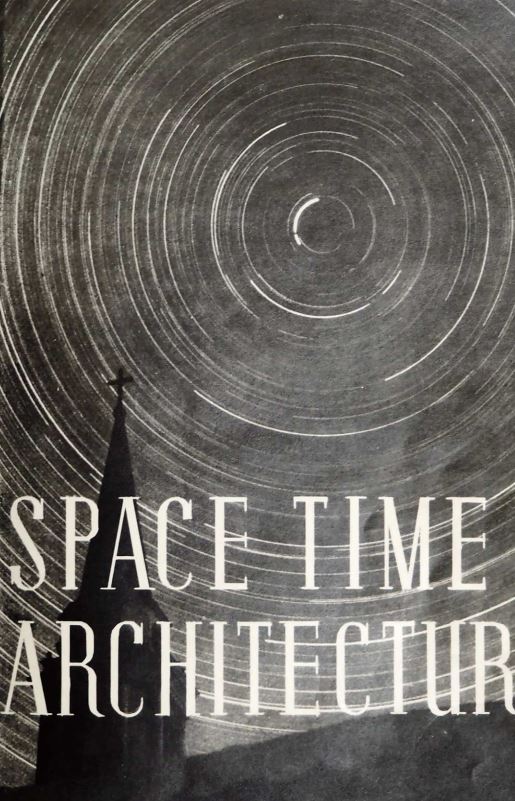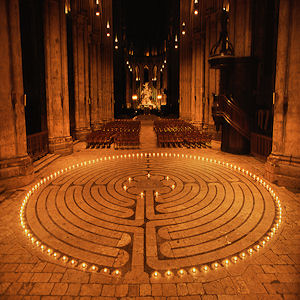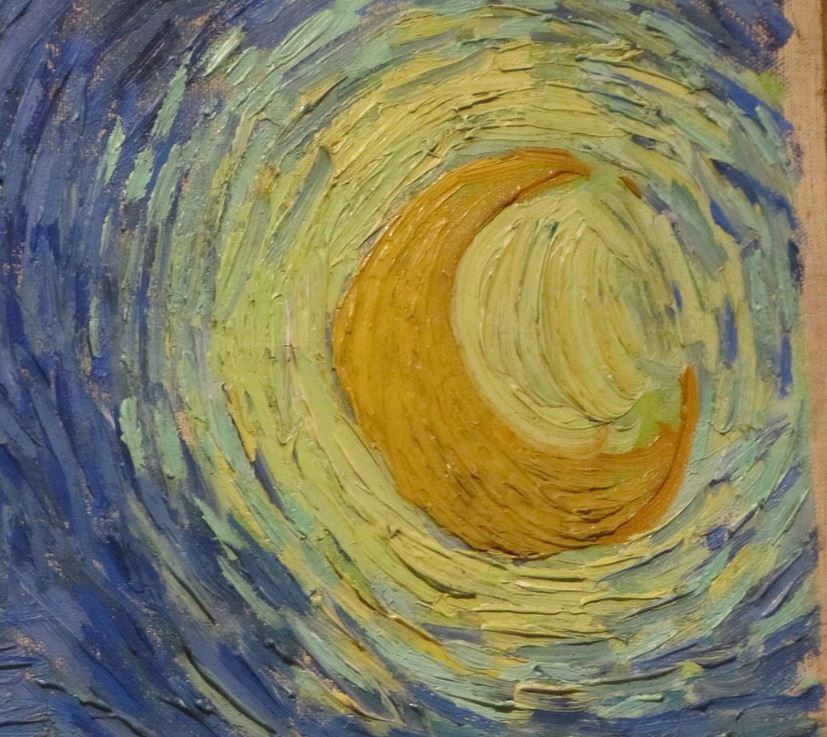Space, Time and Architecture:
In the study of American architecture (…) concentration on styles, on particular outlets or manifestations of the life of architecture, leads us nowhere. The fundamental line of development that runs through the different periods, ignoring stylistic fashions, is the only way of escape from complete confusion. Styles and their variations form a baffling maze, with all its alleys stopped.1
The manuscript for Sigfried Giedion’s Space, Time and Architecture had this mock-up cover:2
It is doubtful that McLuhan knew of this cover and Giedion may not have had Poe’s maelstrom in mind in writing of “a baffling maze, with all its alleys stopped”. But McLuhan did publish an article on Poe in 1944,3 the year after he met Giedion in St Louis, and he began his lifelong citations from Poe’s ‘Descent into the Maelstrom’ 4 shortly thereafter, again in the Sewanee Review, in 1946. STA must have been one of the multiple strands which led him in this direction.5
- Sigfried Giedion, Space, Time and Architecture, page 23 in the 2009 printing. The complete passage runs as follows: “Architecture is not exclusively an affair of styles and forms, nor is it completely determined by sociological or economic conditions. It has a life of its own, grows or dwindles, finds new potentialities and forgets them again. The view of architecture as a growing organism is particularly useful in the study of American architecture. In this field concentration on styles, on particular outlets or manifestations of the life of architecture, leads us nowhere. The fundamental line of development that runs through the different periods, ignoring stylistic fashions, is the only way of escape from complete confusion. Styles and their variations form a baffling maze, with all its alleys stopped.” ↩
- Reto Geiser, Giedion and America, 43, presumably from the Giedion papers in the Institut für Geschichte und Theorie der Architektur (gta) archives in Zurich. Compare the labyrinth in Chartres cathedral:
And Van Gogh’s ‘Starry Night’ moon:
- ‘Edgar Poe’s Tradition’, Sewanee Review, 52:1, 1944. This was McLuhan’s first article to appear in the Sewanee Review. ↩
- See McLuhan on Poe’s Maelstrom. ↩
- For discussion of some of the other strands, see ‘Cleanth Brooks on the Maelstrom‘. ↩


